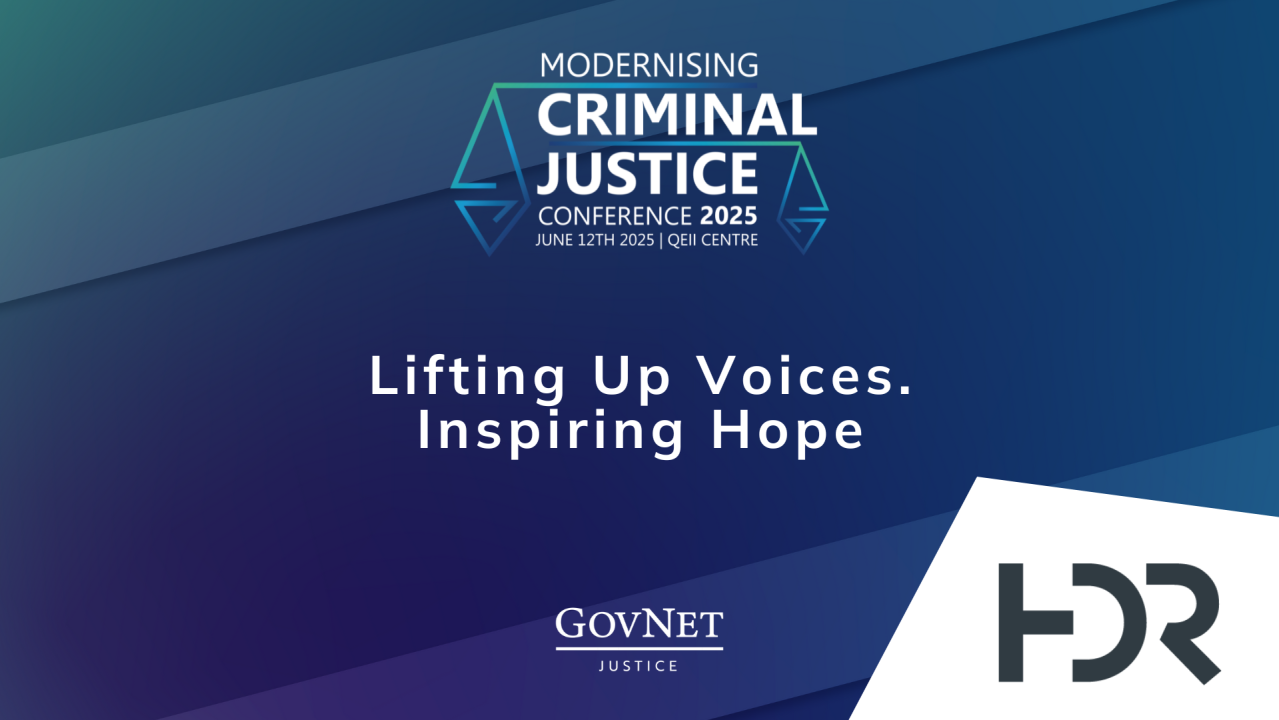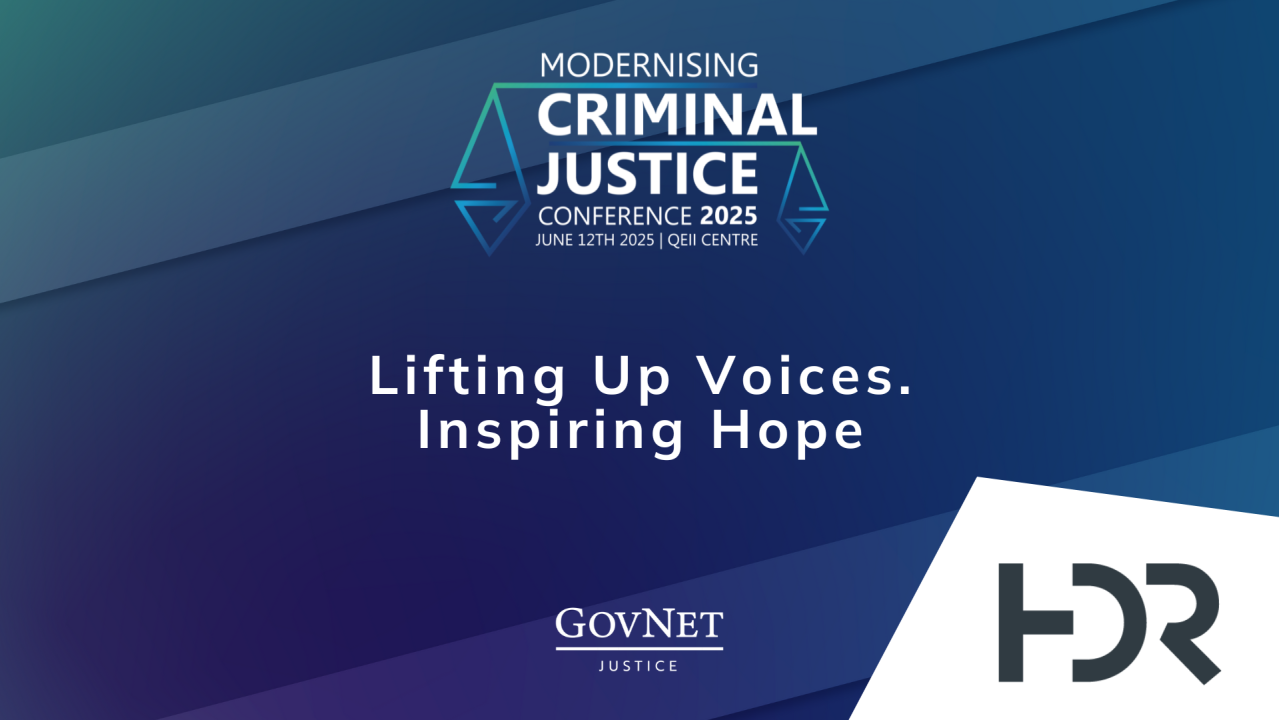

Lifting Up Voices. Inspiring Hope - sponsored by HDR
Information
As a society, we aspire to provide children with emotionally supportive environments where their growth is fostered, and they form healthy relationships with the adults and other children in their lives. However, what happens when neglect, mistreatment, and abandonment occur in a child’s life? How does it affect the child’s development and their mindset? What role do adverse childhood experiences play in the behavioral issues and violence that can put children and juveniles on a pathway towards incarceration? How has the global youth mental health crisis impacted the juvenile justice system amid its own reform?
By becoming more aware of the challenges at-risk children and adjudicated youth are facing and the importance of early intervention, community outreach programs, and most importantly access to pediatric mental and behavioral health resources, WE can truly change the trajectory of these youth’s lives.
As architects, designers, and planners the architectural endeavor asks the following fundamental questions:
- How can architecture be a catalyst for changing the way youth justice facilities are designed by ensuring child rights and positive habilitation are the driving design principles?
- How can a building be designed so it becomes a dynamic tool in the healing process and acts as a beacon of hope for our youth who are in its custody?
- How can interior spaces be designed to support the best practice treatment plans and reentry services to help foster strong community ties and reduce youth recidivism?
The built environment can influence positive youth outcomes and improve staff wellness, retention, and recruitment. An architectural intervention comes at a time where communities and families are overwhelmingly vulnerable to the juvenile justice system. Through rigorous research, lived experiences, and benchmarking case studies of a new era of youth justice centers, what we can accomplish is a societal game changer.




